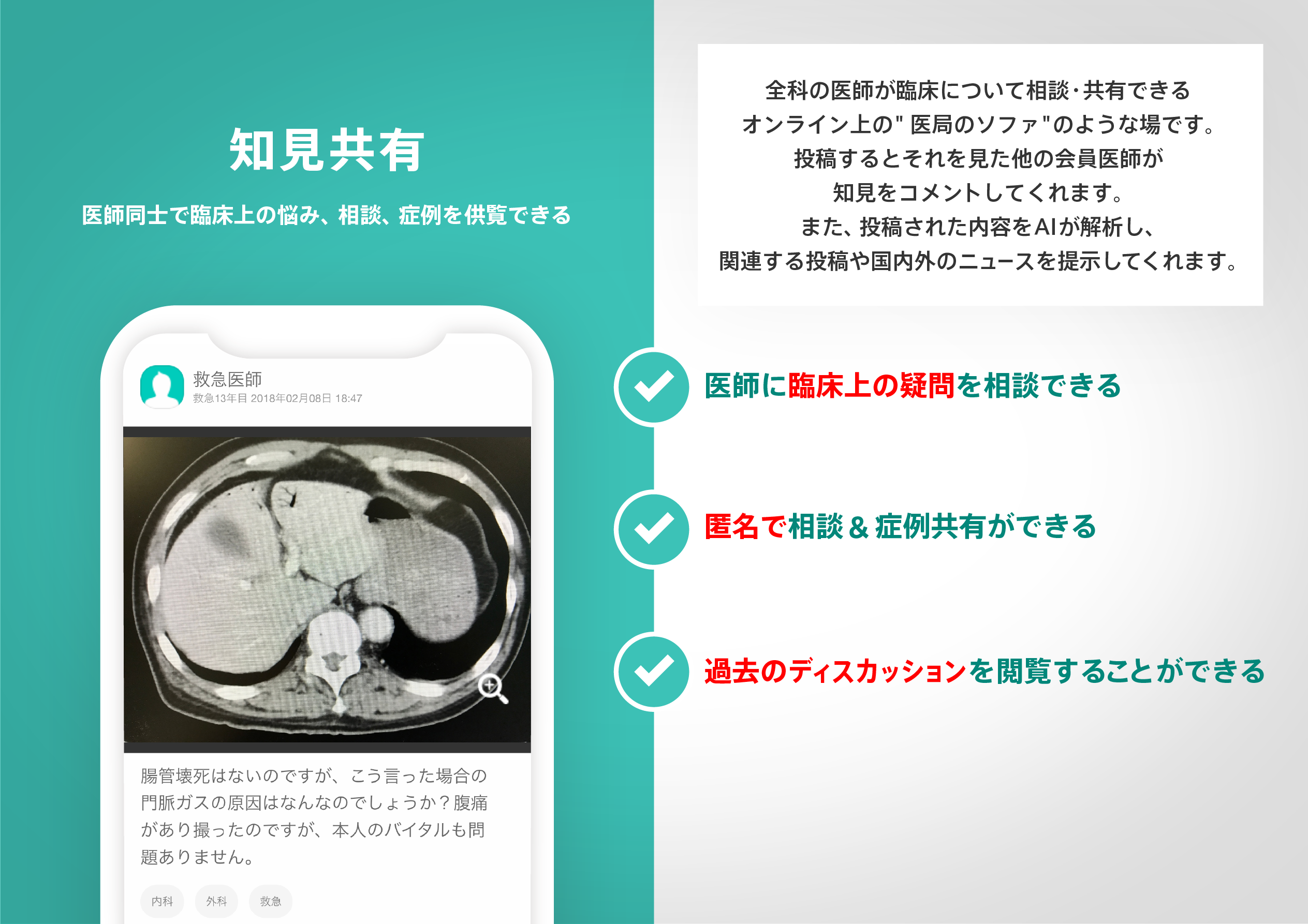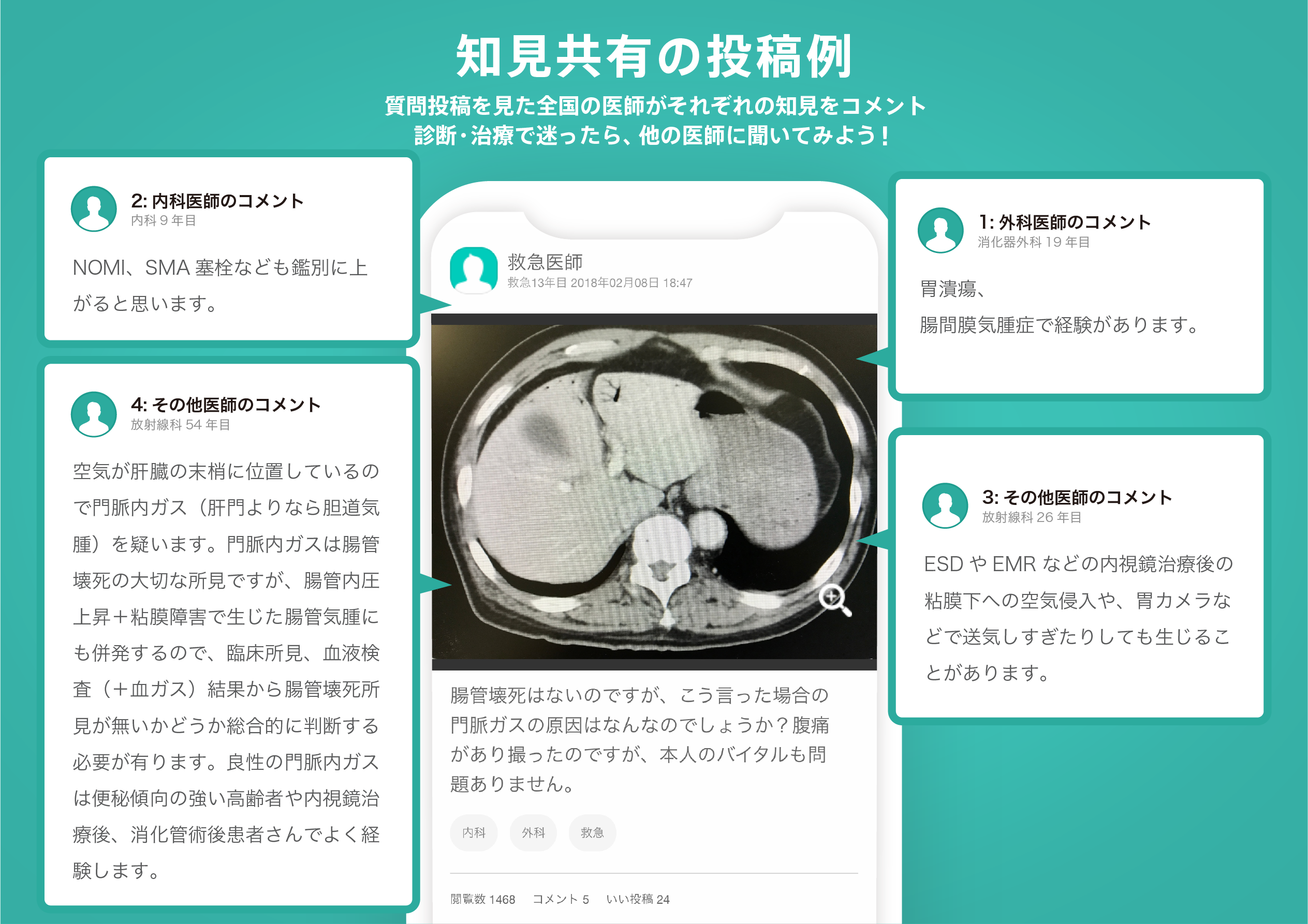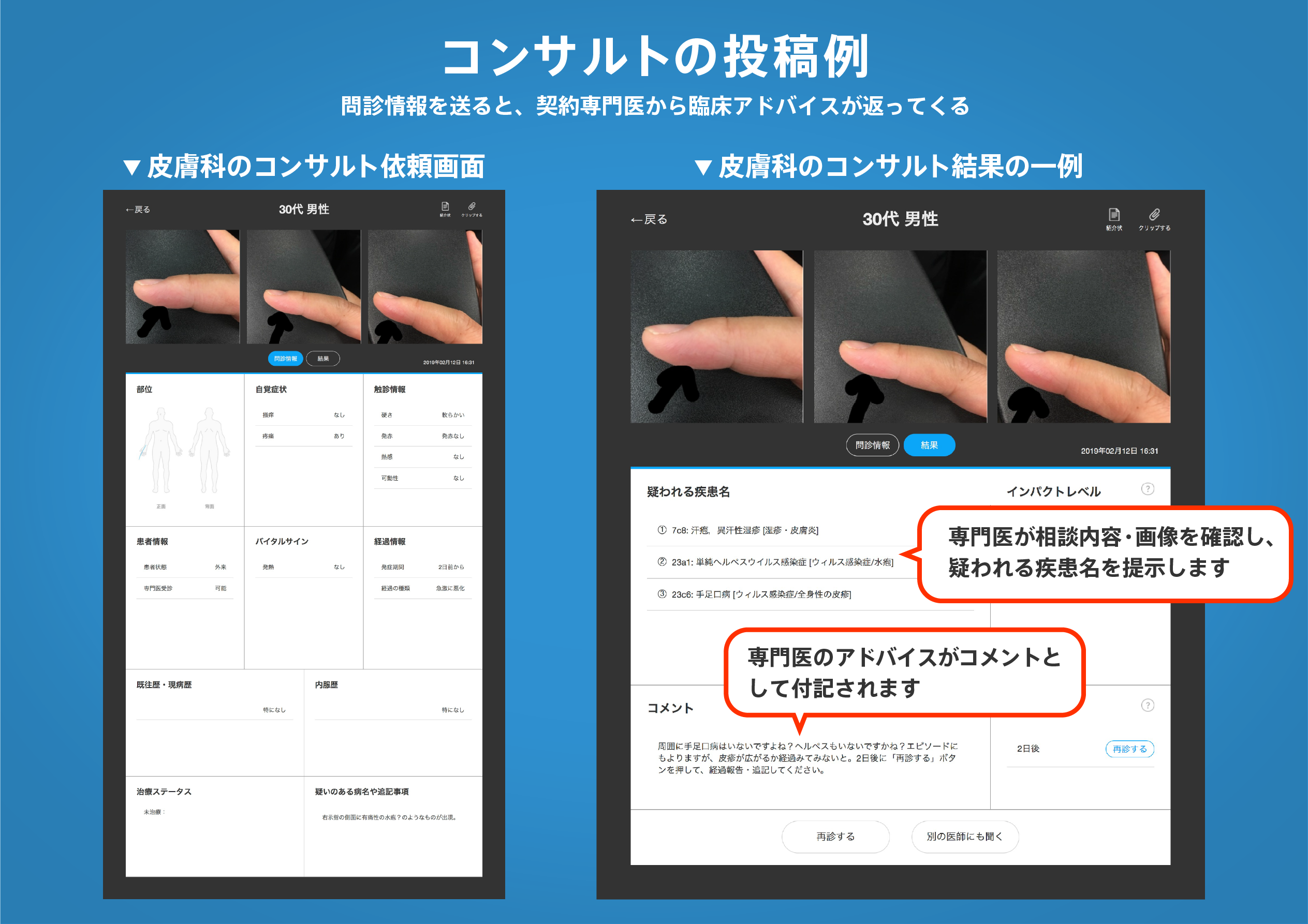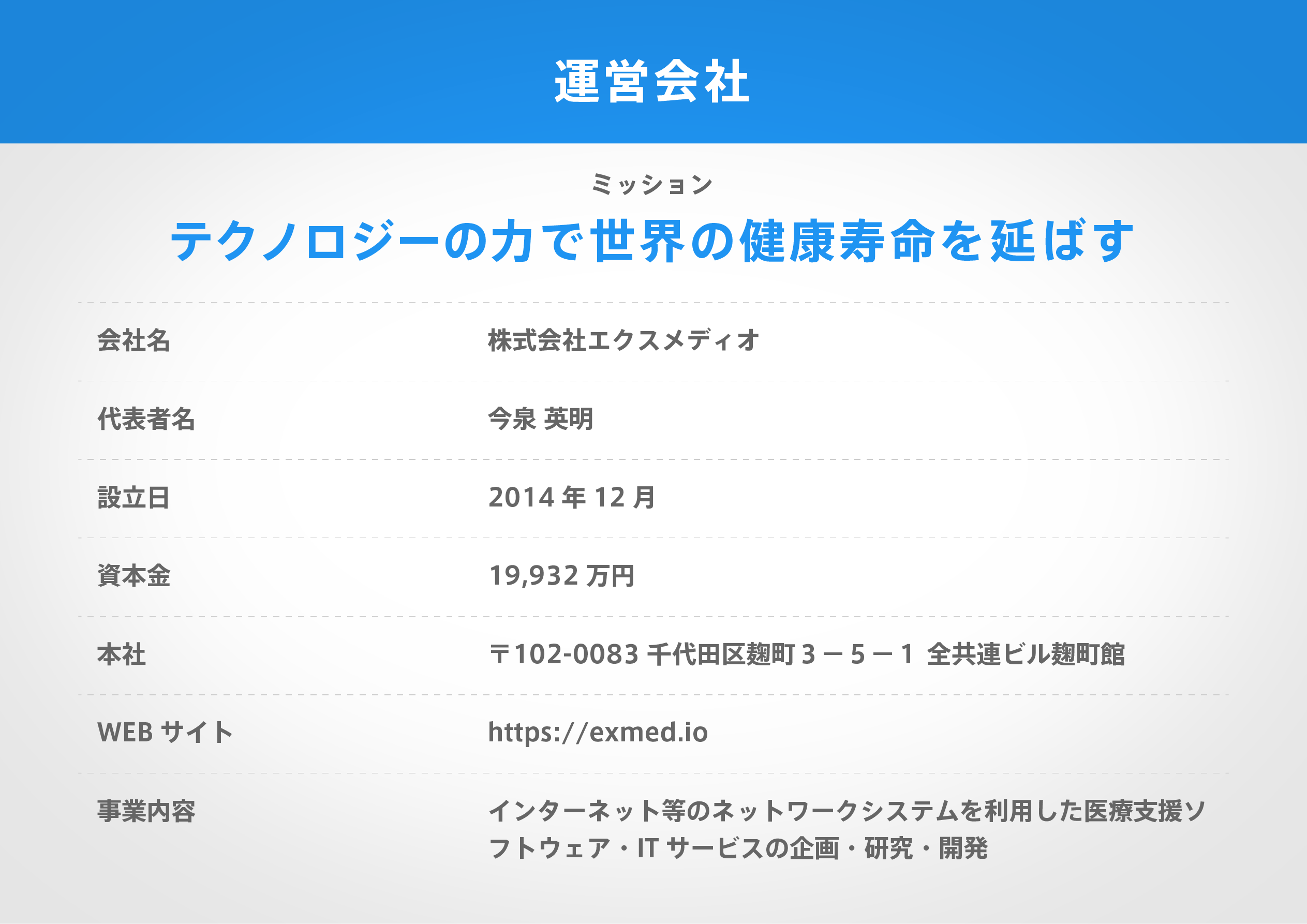著名医師による解説が無料で読めます
すると翻訳の精度が向上します
Nirmatrelvir/ritonavir(Paxlovid)は、SARS-COV-2主プロテアーゼのペプチド模倣阻害剤(Nirmatrelvir)と薬物動態エンハンサー(Ritonavir)で構成されています。軽度から中等度のCovid-19の治療で承認されています。NirmatrelvirとRitonavirのこの組み合わせは、主にRitonavir成分のために、重要かつ複雑な薬物薬物相互作用(DDI)を仲介することができます。実際、リトナビルは、シトクロムP450 3a(CYP3A)を介したニルマトレルビルの代謝を阻害し、血漿濃度が高く、ニルマトレルビルの半減期が長くなります。免疫抑制薬(ISD)とのニルマトレルビル/リトナビルの同時投与は、これらの薬物のほとんどとその狭い治療範囲の代謝におけるCYP3Aの主要な関与を考えると、特に困難です。ISDの曝露は、CYP3Aの強力なリトナビルを介した阻害を介して大幅に増加し、薬物反応の悪影響が増加します。ISDの投与量の減少は毒性を防ぐ可能性がありますが、不適切な投与レジメンは、暴露が不十分で拒絶のリスクも発生する可能性があります。ここでは、ISDの治療薬監視と、Nirmatrelvir/Ritonavirとの共同投与時の投与推奨事項に関するいくつかの一般的な推奨事項を提供します。特に、タクロリムスは中止されるか、患者に1日目にマイクロドースを投与する必要がありますが、シクロスポリンの投与量は抗ウイルス治療中の初期投与量の20%に減少する必要があります。ラパマイシン阻害剤(M-TORIS)の哺乳類標的の投与量も調整する必要がありますが、マイコフェノール酸とコルチコステロイドの投与量は影響が少ないと予想されます。
Nirmatrelvir/ritonavir(Paxlovid)は、SARS-COV-2主プロテアーゼのペプチド模倣阻害剤(Nirmatrelvir)と薬物動態エンハンサー(Ritonavir)で構成されています。軽度から中等度のCovid-19の治療で承認されています。NirmatrelvirとRitonavirのこの組み合わせは、主にRitonavir成分のために、重要かつ複雑な薬物薬物相互作用(DDI)を仲介することができます。実際、リトナビルは、シトクロムP450 3a(CYP3A)を介したニルマトレルビルの代謝を阻害し、血漿濃度が高く、ニルマトレルビルの半減期が長くなります。免疫抑制薬(ISD)とのニルマトレルビル/リトナビルの同時投与は、これらの薬物のほとんどとその狭い治療範囲の代謝におけるCYP3Aの主要な関与を考えると、特に困難です。ISDの曝露は、CYP3Aの強力なリトナビルを介した阻害を介して大幅に増加し、薬物反応の悪影響が増加します。ISDの投与量の減少は毒性を防ぐ可能性がありますが、不適切な投与レジメンは、暴露が不十分で拒絶のリスクも発生する可能性があります。ここでは、ISDの治療薬監視と、Nirmatrelvir/Ritonavirとの共同投与時の投与推奨事項に関するいくつかの一般的な推奨事項を提供します。特に、タクロリムスは中止されるか、患者に1日目にマイクロドースを投与する必要がありますが、シクロスポリンの投与量は抗ウイルス治療中の初期投与量の20%に減少する必要があります。ラパマイシン阻害剤(M-TORIS)の哺乳類標的の投与量も調整する必要がありますが、マイコフェノール酸とコルチコステロイドの投与量は影響が少ないと予想されます。
Nirmatrelvir/ritonavir (Paxlovid) consists of a peptidomimetic inhibitor (nirmatrelvir) of the SARS-CoV-2 main protease and a pharmacokinetic enhancer (ritonavir). It is approved for the treatment of mild-to-moderate COVID-19. This combination of nirmatrelvir and ritonavir can mediate significant and complex drug-drug interactions (DDIs), primarily due to the ritonavir component. Indeed, ritonavir inhibits the metabolism of nirmatrelvir through cytochrome P450 3A (CYP3A) leading to higher plasma concentrations and a longer half-life of nirmatrelvir. Coadministration of nirmatrelvir/ritonavir with immunosuppressive drugs (ISDs) is particularly challenging given the major involvement of CYP3A in the metabolism of most of these drugs and their narrow therapeutic ranges. Exposure of ISDs will be drastically increased through the potent ritonavir-mediated inhibition of CYP3A, resulting in an increased risk of adverse drug reactions. Although a decrease in the dosage of ISDs can prevent toxicity, an inappropriate dosage regimen may also result in insufficient exposure and a risk of rejection. Here, we provide some general recommendations for therapeutic drug monitoring of ISDs and dosing recommendations when coadministered with nirmatrelvir/ritonavir. Particularly, tacrolimus should be discontinued, or patients should be given a microdose on day 1, whereas cyclosporine dosage should be reduced to 20% of the initial dosage during the antiviral treatment. Dosages of mammalian target of rapamycin inhibitors (m-TORis) should also be adjusted while dosages of mycophenolic acid and corticosteroids are expected to be less impacted.
医師のための臨床サポートサービス
ヒポクラ x マイナビのご紹介
無料会員登録していただくと、さらに便利で効率的な検索が可能になります。






